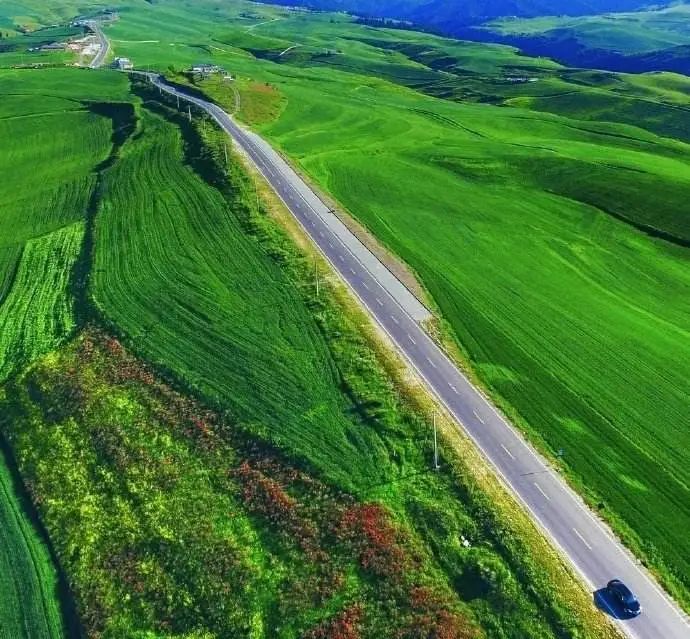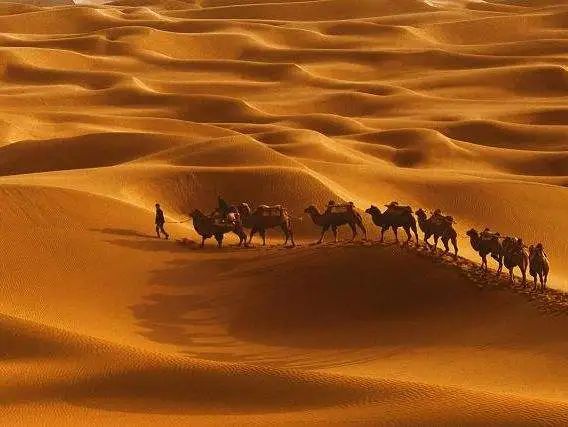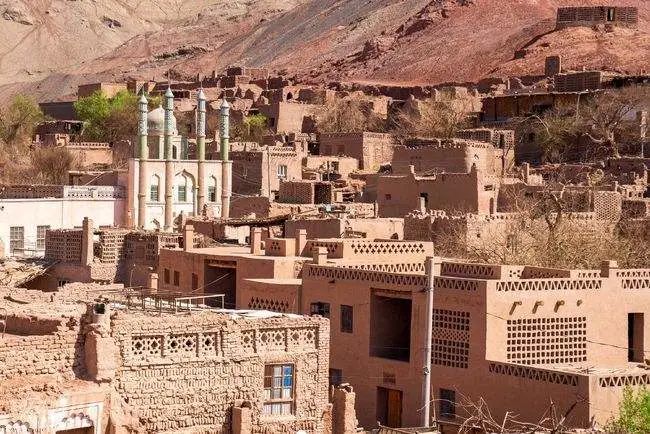Dongjiang, the overlooked “Little Xinjiang,” is a holiday treasure trove cherished by local travelers.
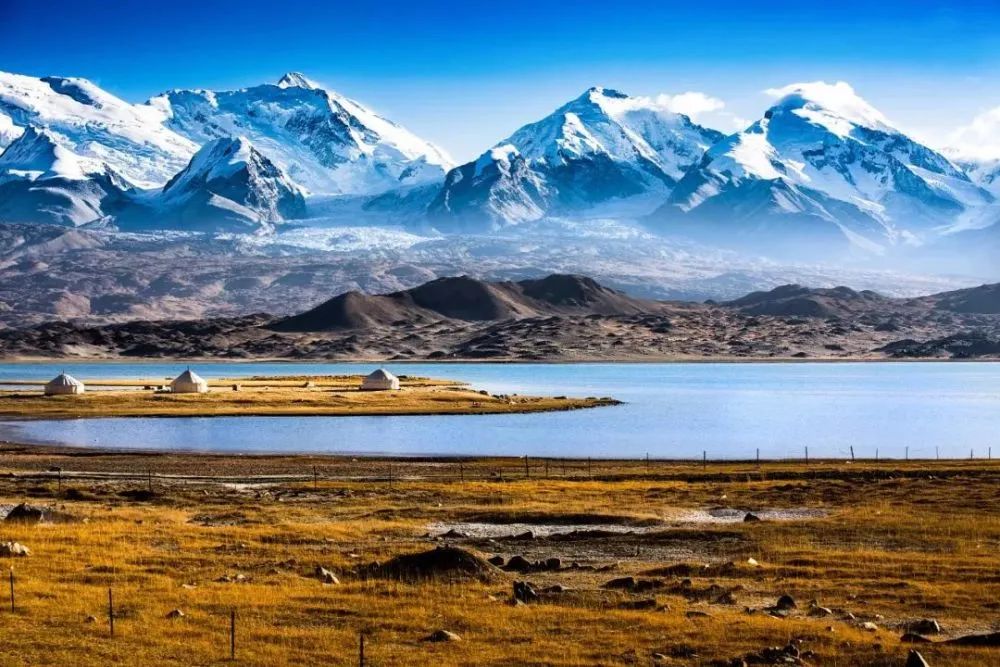
The Tianshan Mountains traverse Xinjiang from east to west, and people habitually divide Xinjiang roughly into “Southern Xinjiang” and “Northern Xinjiang” based on the Tianshan Mountains, forgetting the vast Gobi Desert in “Eastern Xinjiang”!
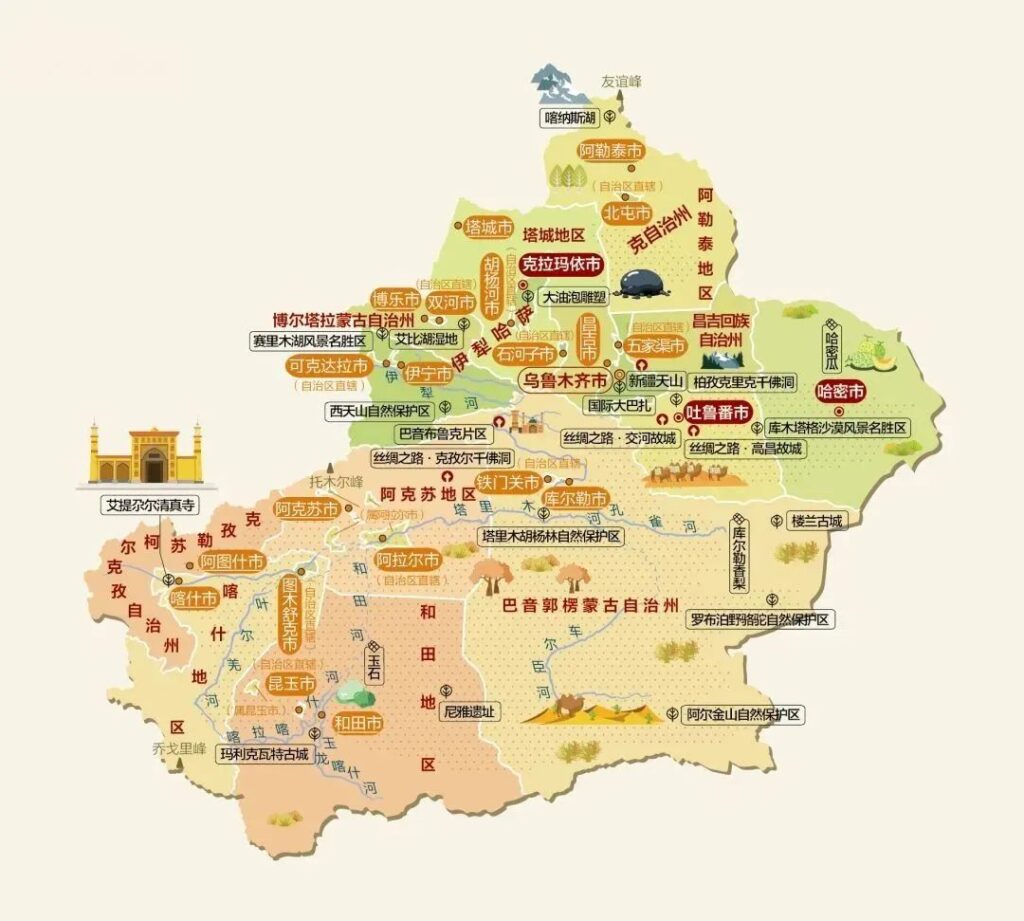
Eastern Xinjiang, although smaller in area than Southern and Northern Xinjiang, is primarily composed of the two major regions of Turpan and Hami. It serves as an important gateway from Xinjiang to the interior, the throat of the Silk Road. To the west lies the mysterious and alluring Western Regions, while to the east is the Central Plains.
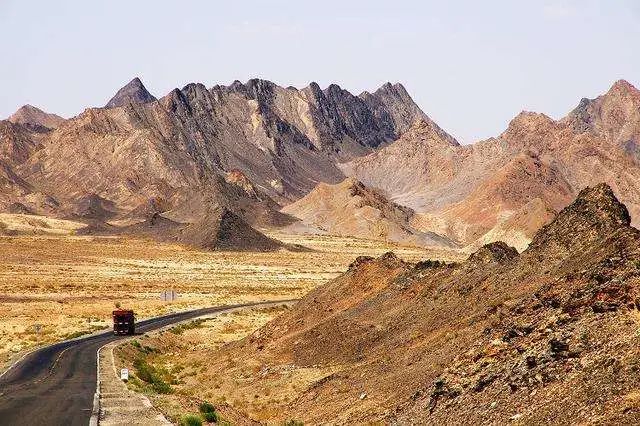
When Zhang Qian, shouldering the mission of opening up the Western Regions, led his envoy westward through the Xingxing Gorge, the beautiful land of Eastern Xinjiang unveiled its mysterious veil.
Jiaohe and Gaochang ruins bear witness to the vicissitudes of the Western Regions. The Flaming Mountains’ Tuyugou has become the confluence of Eastern and Western religious civilizations. From Shanshan southward, an ancient road traverses the desert, leading to the mysterious Lop Nur and the ancient kingdom of Loulan.

Here, 36 ethnic groups live together, including Uyghur, Kazakh, Hui, Xibe, and Russian.
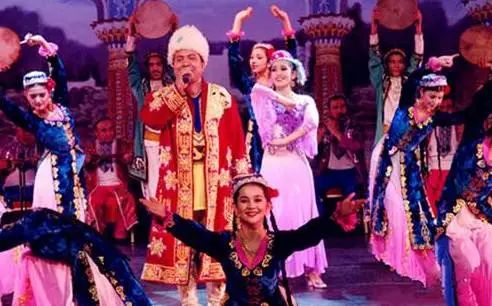
This place boasts half-mountain wheat fields and half-mountain forest grasslands, rivaling the beautiful and tranquil Jingbulake in the Ili River Valley. It has the vast and pure Barkol Grassland, comparable to the Hulunbuir. It features the world-class Yardang landforms of the Seamount, with landscapes closest to the Martian surface. It has the desolate and magnificent Kumtag Desert, which rivals the Taklamakan and is the closest to the city.
Here, you can also find the ancient Uyghur village of Tuyugou Mazha, preserved for thousands of years, and the world’s largest and oldest native city ruins, the former Gushi Kingdom’s Jiaohe ruins.
The high mountains and pine forests of Northern Xinjiang, the deserts, yardangs, and ancient cities of Southern Xinjiang can all be encountered here.
This is a Xinjiang that you surely know, will definitely pass by, but may not pay attention to. All of this will not disappoint your longing for Eastern Xinjiang.
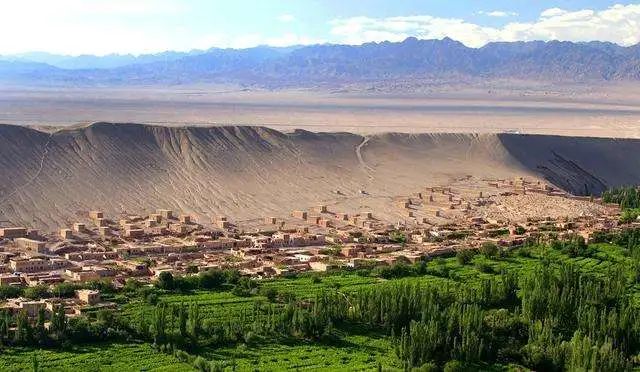
Eastern Xinjiang
Spectacular Scenery Rivaling Southern and Northern Xinjiang
01.Bogda Peak

Bogda Peak, a landmark recognized from thousands of miles away.
Bogda Peak is the highest peak in the eastern section of the Tianshan Mountains, with an altitude of 5,445 meters. “Bogda” means “God of All Mountains” in Mongolian and is a divine figure in people’s hearts.

It is composed of three closely adjacent peaks, eternally covered in snow and ice, and is known as the “Snow Sea.”
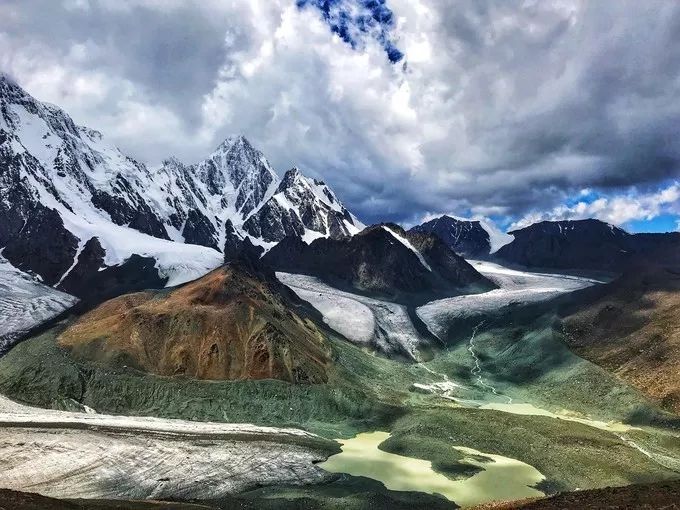
No matter where you are in Urumqi, as long as you look south and raise your head, you can see the majestic and towering mountains stretching from east to west, and the lofty, eternally snow-capped peaks.

Location: Bogda Peak, Fukang City, Changji Hui Autonomous Prefecture, Urumqi City, Xinjiang Uyghur Autonomous Region
02.Barkol Lake

Barkol Lake is a vast saltwater lake, lying like a clear mirror on the Barkol Grassland. It is also the most beautiful lake in eastern Xinjiang.
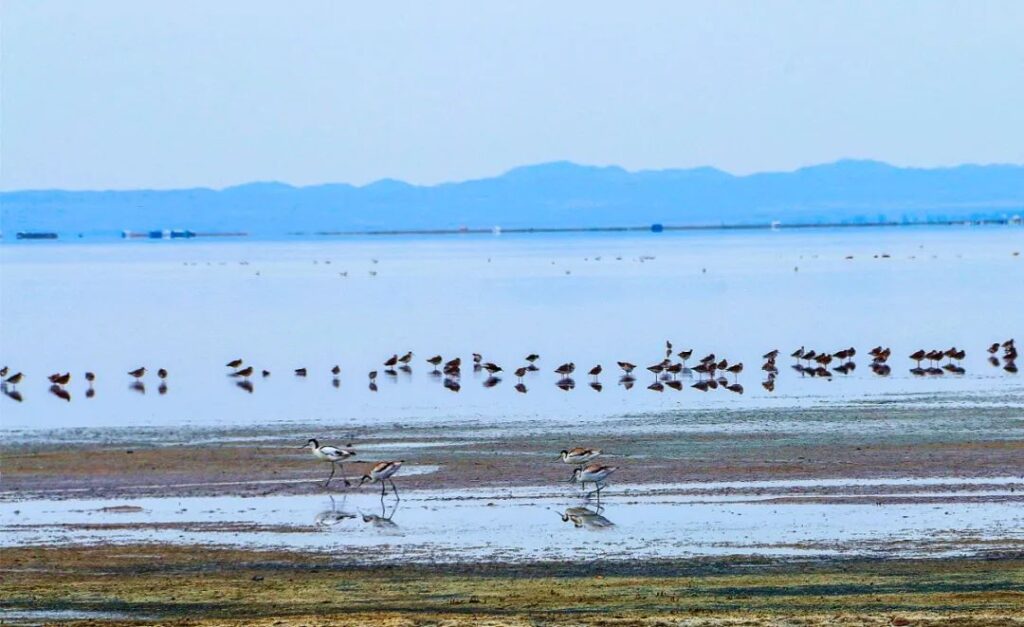
Summer is the best season to visit Barkol Lake. Along the way, you can also see the Barkol Grassland, which resembles a “green ocean.”

Surrounded by undulating mountains and snow-capped peaks, the waterfowl dance joyfully, weaving through the mist and clear waves.
More than ten ethnic groups, including Kazakh, Han, Uyghur, and Mongolian, gather around the lake, preserving the civilized characteristics of ancient nomadic tribes to this day.

Location: Barkol Kazakh Autonomous County, Xinjiang
03.Seamount
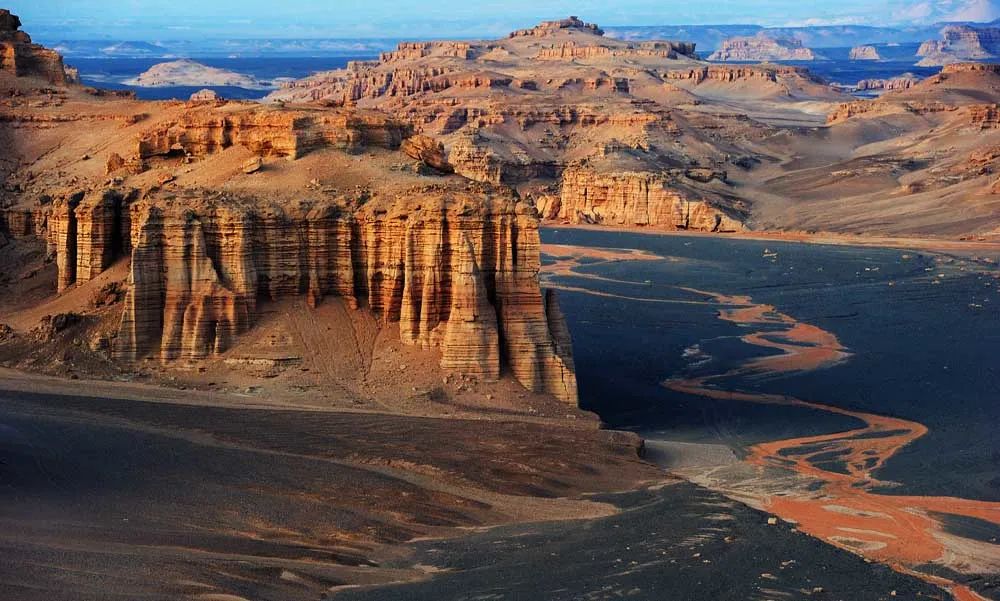
The Seamount in Hami can be said to perfectly combine the beauty of stars and sand sea. It is a no man’s land that countless people yearn for and a legendary Loulan ancient road, an unsolved mystery that disappeared for a thousand years.
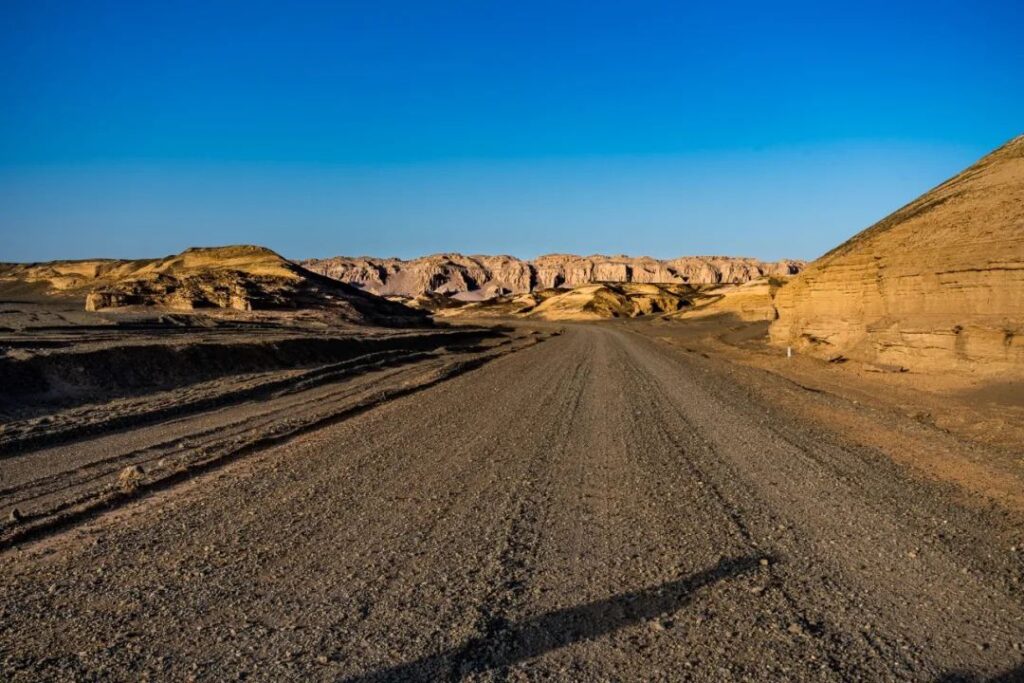
Upon entering the Seamount, the strongest feeling is the vastness and emptiness.
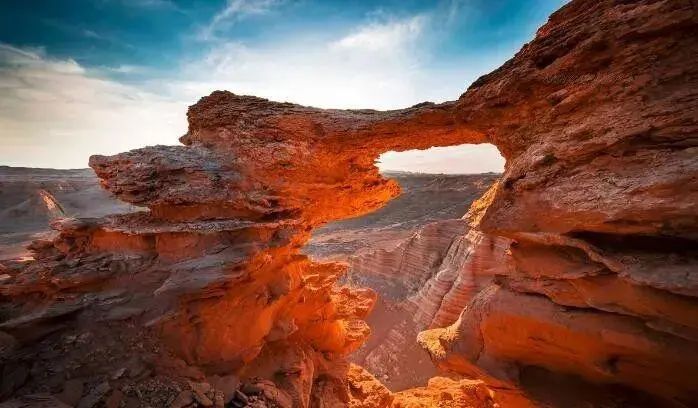
Along the way, you can admire the Devil City towering in the Gobi, the magical Yardang wonders, the illusory mirages, the herds of wild camels, and so on.

The scenery before your eyes is both real and illusory. Perhaps because you have never seen it in the past years, you feel that it is not a real sight in the human world.

Location: 15 kilometers south of Gedun Railway Station, Yizhou District, Hami City, Xinjiang Uyghur Autonomous Region
04.Jingbulake

Jingbulake offers different surprises in each season. Here, grasslands and wheat fields intertwine and embed in the mountains.
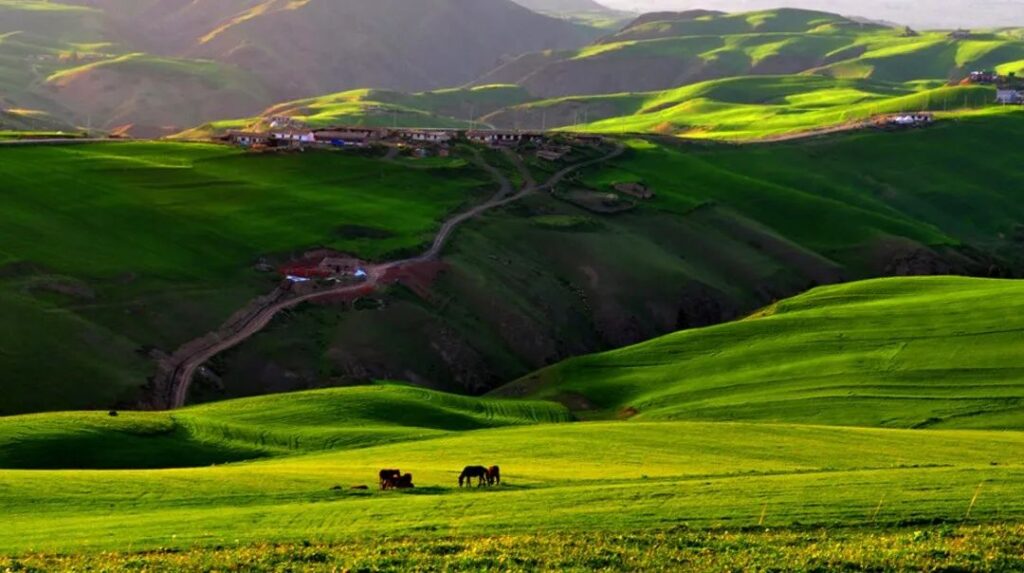
There is no severe cold in winter and no scorching heat in summer. Every blade of grass, every tree, every mountain, and every body of water is filled with greenery and beauty, full of wonder and allure.
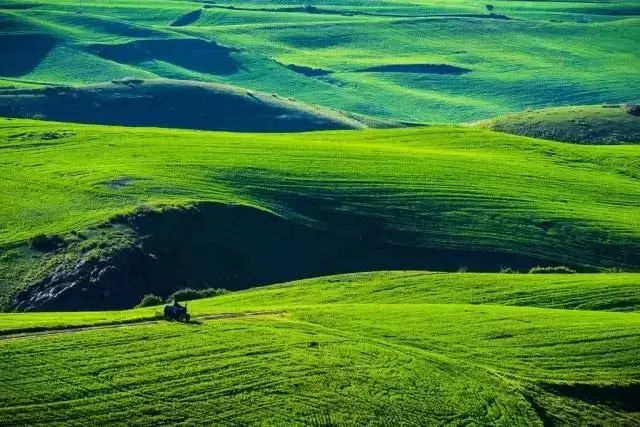
At an altitude of 1,700 meters, the endless 200,000 mu of wheat waves resemble a boundless green carpet, hanging at the foot of the majestic Tianshan Mountains. When the wind blows, the wheat waves ripple like a vast emerald sea, creating a paradise on earth!

Location: Banjiegou Town, Qitai County, Changji Hui Autonomous Prefecture, Xinjiang Uyghur Autonomous Region
05.Kumtag Desert
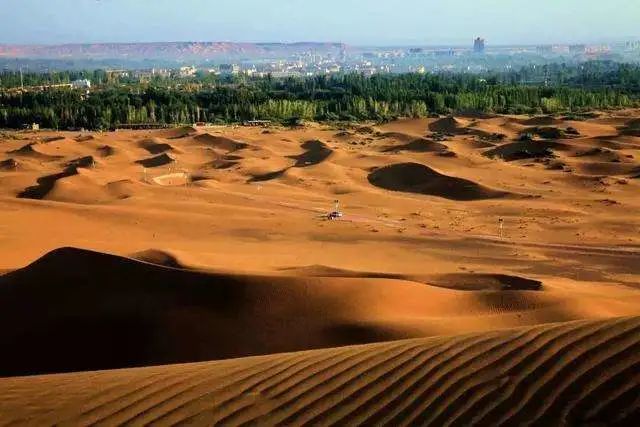
Kumtag, meaning “sand mountain” in Uyghur, is the closest desert to the city, with only a line separating the city and the desert.
Standing in the old town of Shanshan, Xinjiang, and looking south, the golden desert is magnificent and awe-inspiring, with endless scenery.

Standing at the top of the sand mountains deep in the desert, one can quietly observe the splendor of the desert sunrise, witness the colorful sunset dyeing the sand, and marvel at the magnificent sight of “straight smoke in the vast desert, the setting sun round over the long river.”
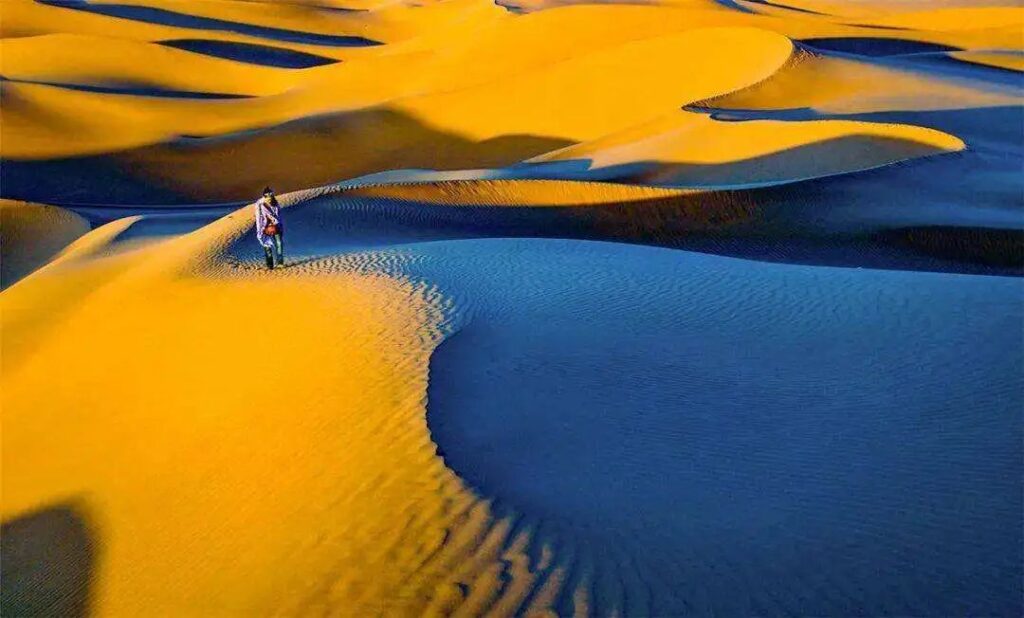
Location: No. 999 Gongyuan Road, Shanshan County, Turpan City, Xinjiang Uyghur Autonomous Region
Eastern Xinjiang
History and Humanity Ravaged by Wind and Fire
06.Flaming Mountains
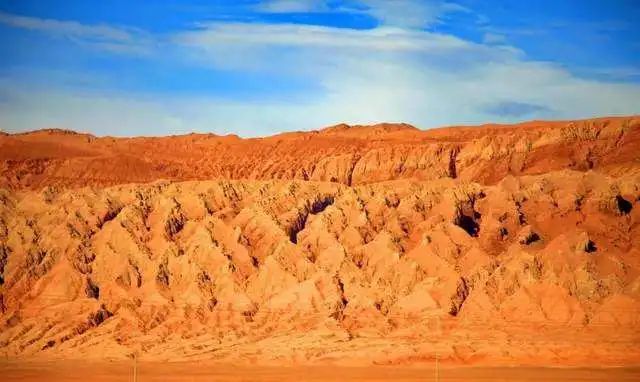
The Flaming Mountains, the most famous scenic spot in Turpan, resemble a fiery dragon lying on the earth.

Located on the northern edge of the Turpan Basin, the Flaming Mountains are devoid of vegetation and traces of birds.
In summer, the highest air temperature reaches 47.8°C, and the highest ground temperature reaches 89°C, making it the true “China’s Extreme Heat.”

Location: 10 kilometers northeast of Gaochang District, Turpan City, Xinjiang Uyghur Autonomous Region
07.Grape Valley
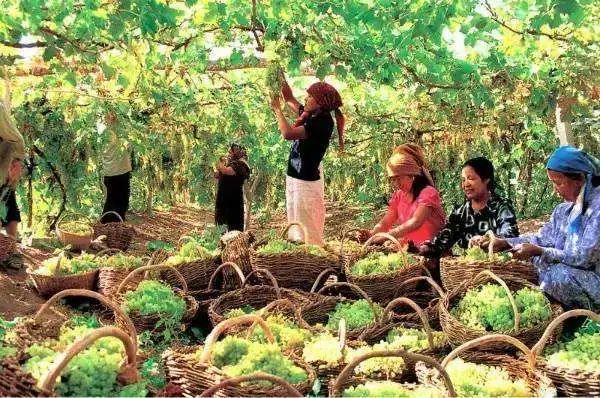
The melons and fruits of Eastern Xinjiang can be said to be the best in Xinjiang. As you enter the Grape Valley, a sweet aroma of melons and fruits greets you.
Grape Valley is the largest valley in the Flaming Mountains, resembling a green ribbon floating in the center of the basin.
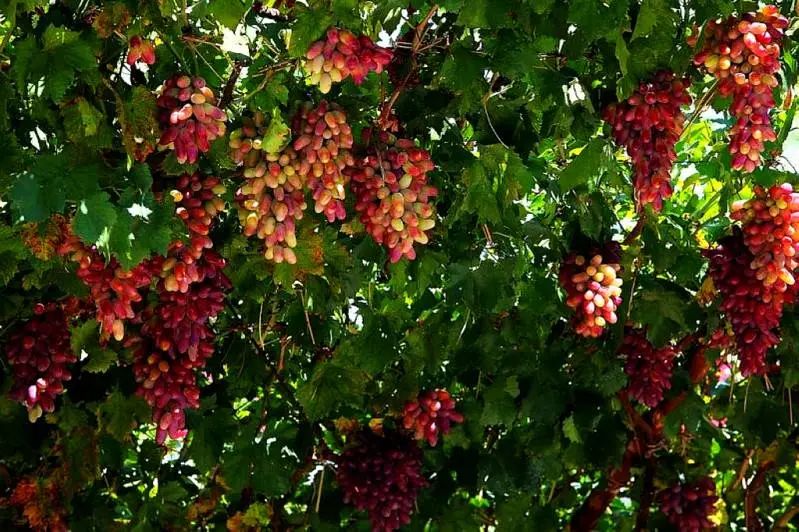
In Grape Valley, you can taste the sweetest grapes in the world, enjoy the enthusiastic dances of Uyghur young men, and witness the thrilling performances of Dawazi, and more.
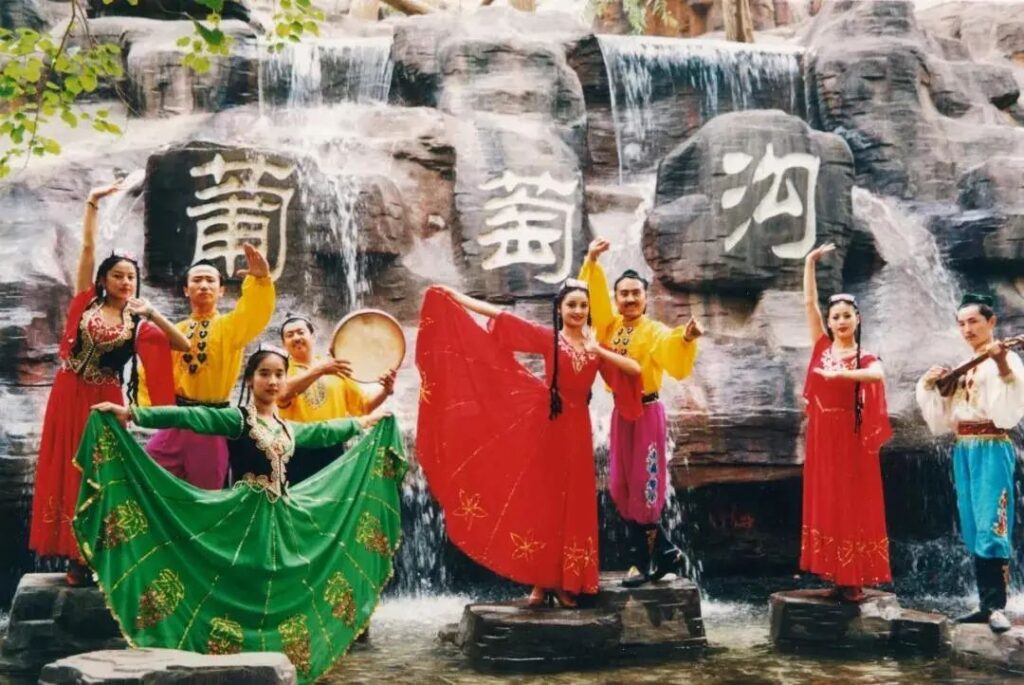
Location: North side of the intersection of National Highway 312 and Z474, Gaochang District, Turpan City, Xinjiang Uyghur Autonomous Region
08.Jiaohe Ruins
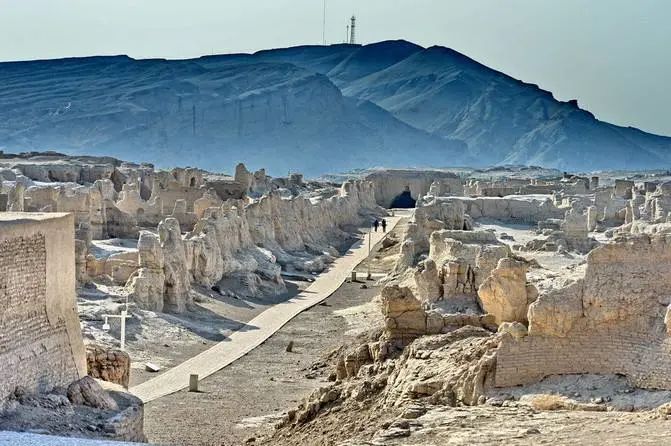
Jiaohe Ruins, located in the Turpan Basin at the foot of the Flaming Mountains.
If you have seen its aerial view, you will find that it resembles a giant aircraft carrier, navigating the vast Turpan Basin. The erosion of river water over thousands of years has created its uniqueness.
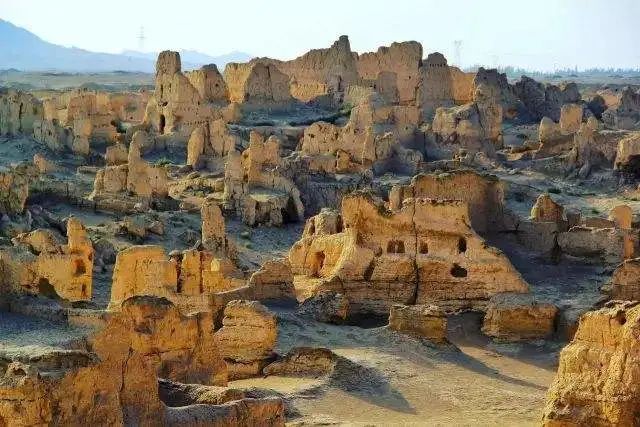
Two thousand years have passed, and it has witnessed the turbulent years of the Silk Road, endured the humiliation of the Mongol’s great fire destruction, withstood the erosion of desert wind and sand, yet it remains incredibly tenacious and stands strong.
It can be called “the most perfect ruins in the world.”
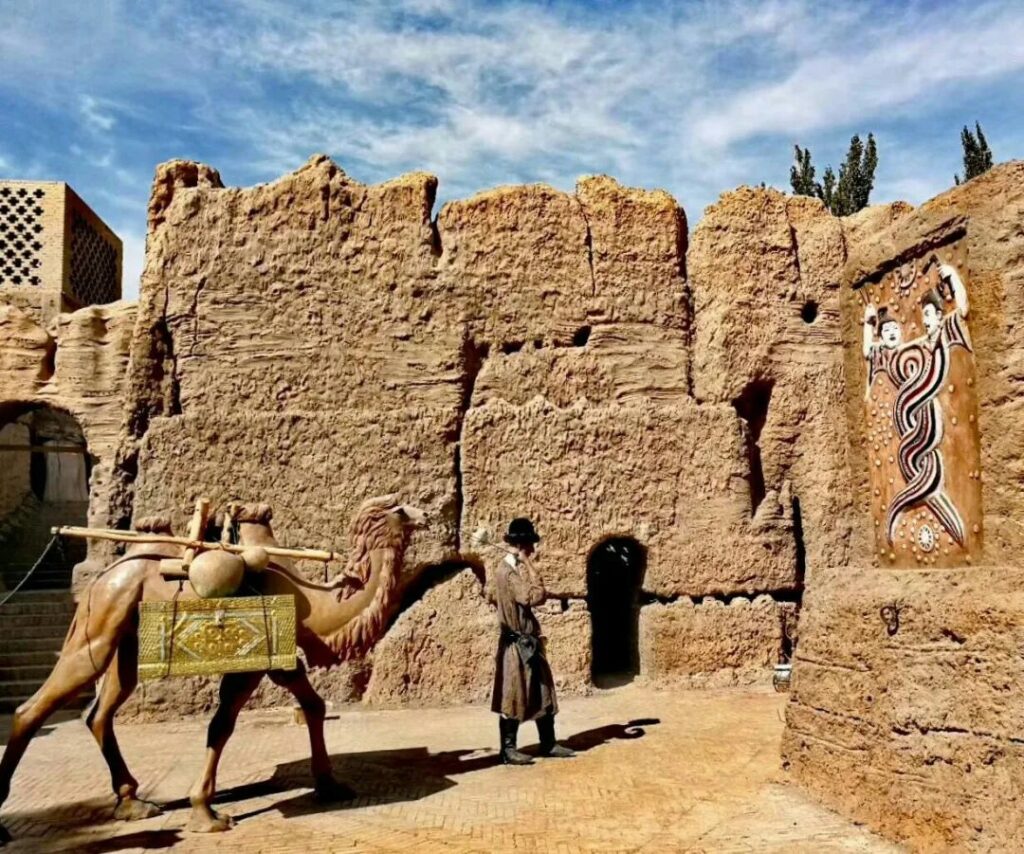
Location: Jianggelemaise Village, Yar Township, Turpan City, Xinjiang Uyghur Autonomous Region (6 kilometers west of Yar Township, Gaochang District, Turpan City)
09.Tuyugou Maza Village
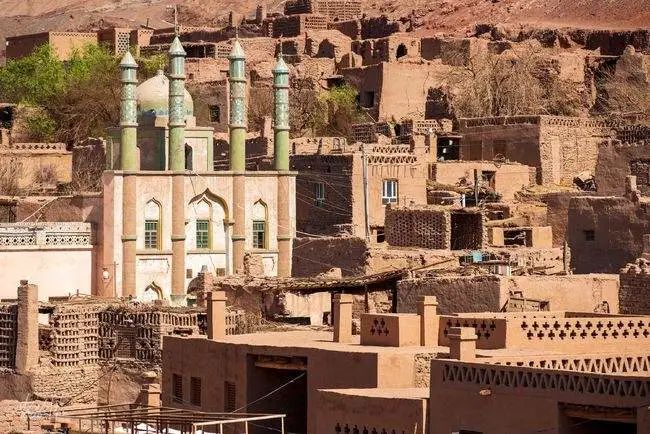
With a history of over 2,600 years, it is the oldest surviving Uyghur village in Xinjiang.
It has witnessed the development and prosperity of Turpan civilization, endured the smoke and fire of wars through dynasties, yet still preserves the ancient Uyghur traditions and customs.
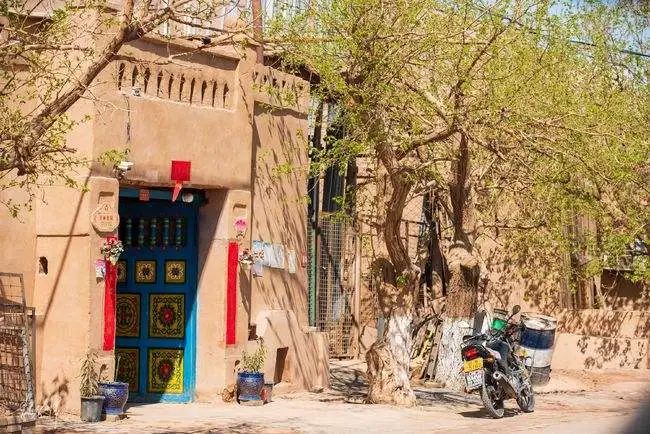
For more than a thousand years, every person in Maza Village has been a tomb keeper, as if the village is traveling through a time tunnel.
Ancient villages, ancient tombs, ancient alleys, ancient customs, and the oldest vineyards create an illusion of frozen time, as if time is imprinted on its ancient yellow walls and tree crevices.
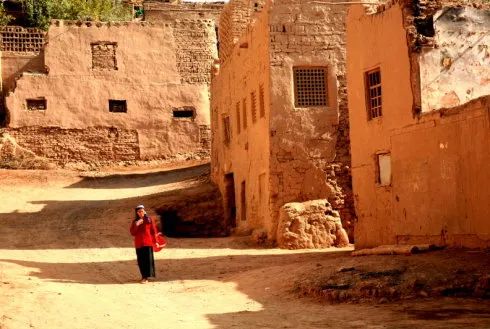
Location: Shanshan County, Turpan City, Xinjiang Uyghur Autonomous Region, approximately 55 kilometers east of Turpan City
10.Xinjiang Museum, Urumqi

If you want to understand the historical changes and civilizational development of the Western Regions over several thousand years, there is no better place than a museum.
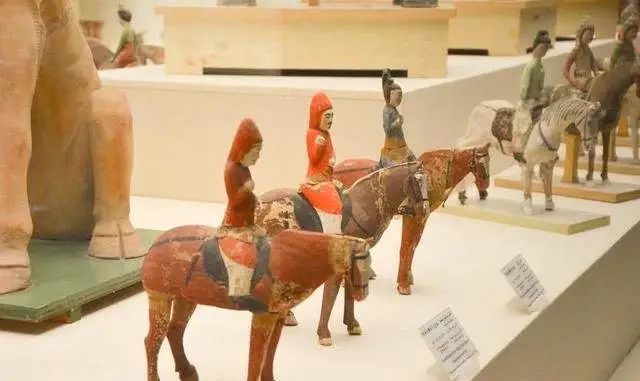
The most unique feature is the Mummy Exhibition Hall on the second floor, where the famous “Loulan Beauty” is on display. Observing the people of the Western Regions from thousands of years ago up close, one marvels at the wisdom of the ancients in creating mummies.

Location: No. 581 Xibei Road, Saybag District, Urumqi City, Xinjiang Uyghur Autonomous Region
11.Xinjiang International Grand Bazaar

The Xinjiang International Grand Bazaar is the largest bazaar in the world, integrating Islamic culture, architecture, ethnic commerce, entertainment, and dining.
It is a gathering place and display center for Xinjiang’s tourism products, serving as a “window to Xinjiang,” a “window to Central Asia,” and a “window to the world.”
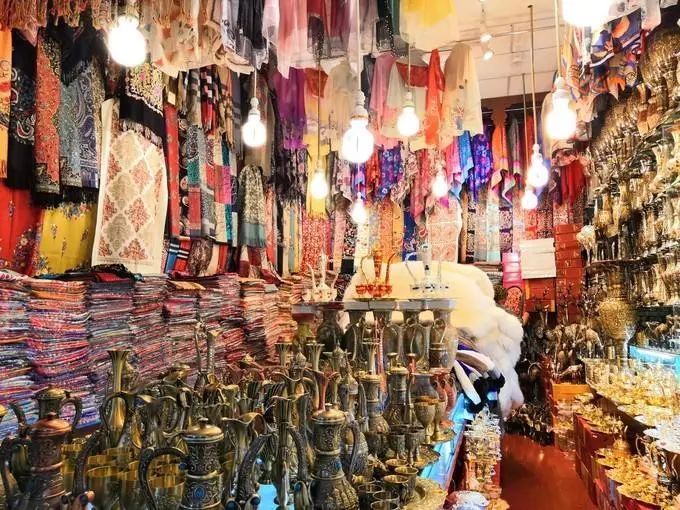
The vast market is quite lively, but mostly with tourists from outside. The goods sold here are diverse, including various styles of Xinjiang-specific musical instruments, but one can only see their shapes without knowing their names or hearing their sounds.
There are also various specialty souvenirs. Even without customers, the owners are not idle; they play the guitar for their own entertainment, truly a talented ethnic group.

Location: No. 8 Jiefang South Road, Tianshan District, Urumqi City, Xinjiang Uyghur Autonomous Region
Eastern Xinjiang
Where Delicacies and Scenic Beauty Coexist
As a multi-ethnic settlement area, coupled with its unique climate and natural environment, Xinjiang cuisine is rich and distinctive, with beef and mutton as the main ingredients.
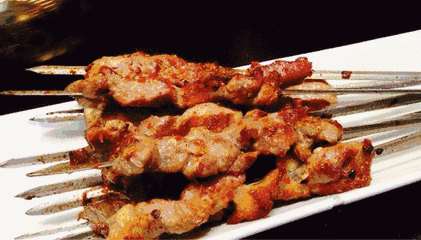
Mutton is cut into chunks, skewered on red willow wood, and grilled over charcoal until sizzling. Sprinkled with chili powder and cumin powder, life is the delicious taste of mutton skewers~

“Turpan’s grapes, Hami’s melons, Korla’s fragrant pears are praised by everyone, and Yecheng’s pomegranates are the best”~
There are also watermelons, jujubes, walnuts, dried fruits… Xinjiang’s specialties attract countless tourists to feast.

Of course, in addition to these, there are many more:

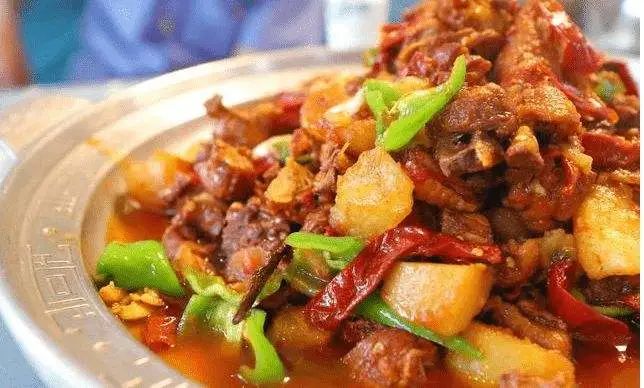

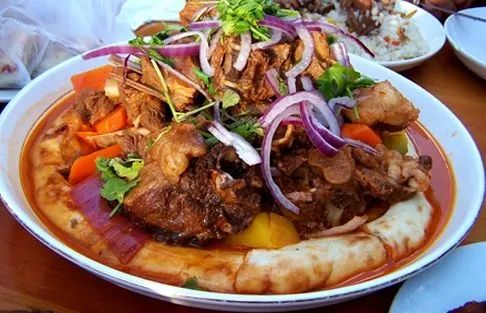
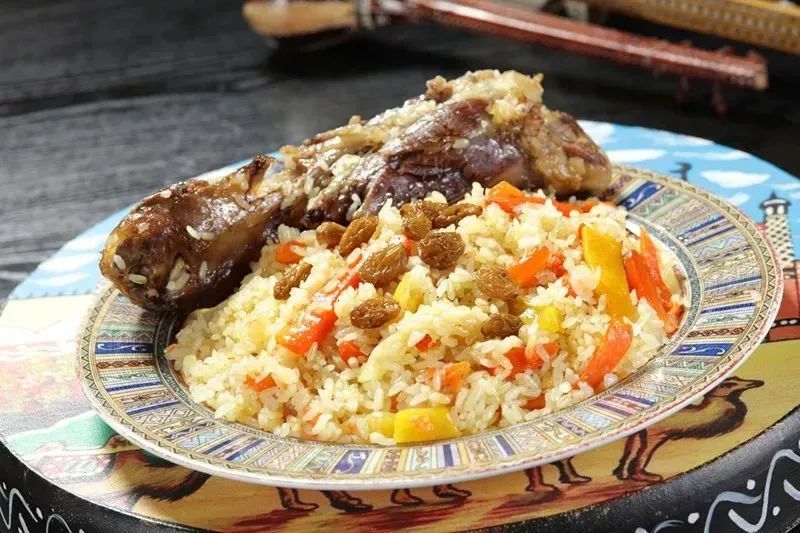


Eastern Xinjiang, it is so unique~ The distinctive scenery, diverse ethnic customs, authentic delicacies and sweet melons and fruits, all of these will not let you down in your longing for Eastern Xinjiang. Next time you go to Xinjiang, take a look at it too~
